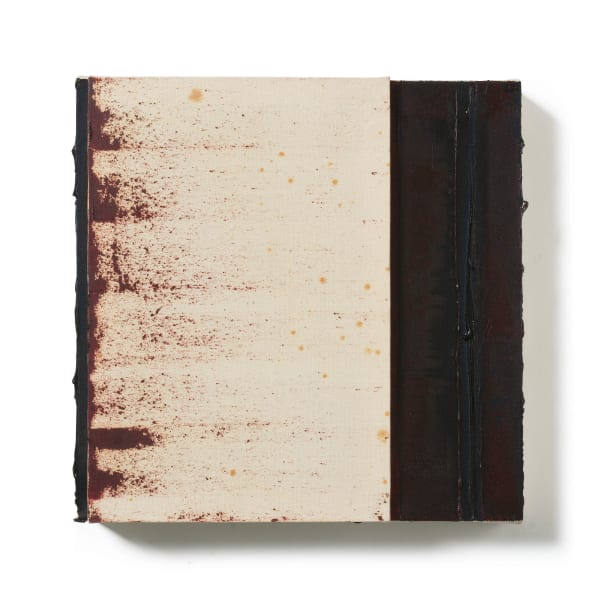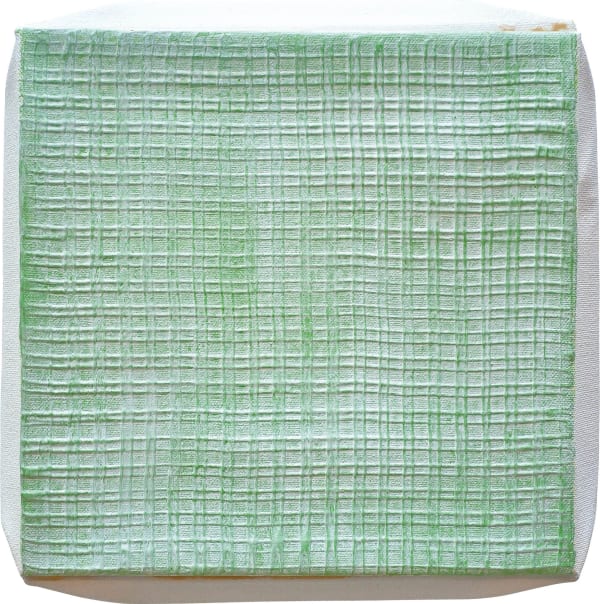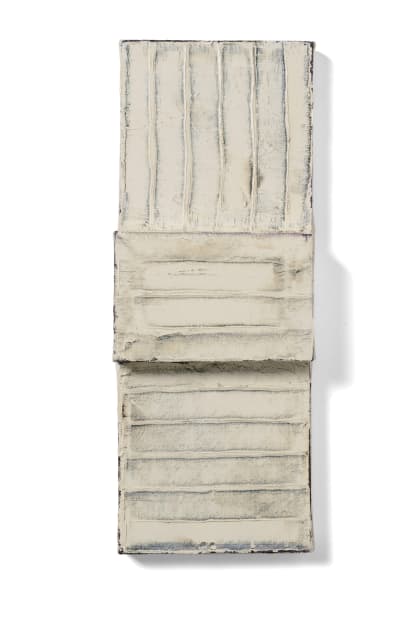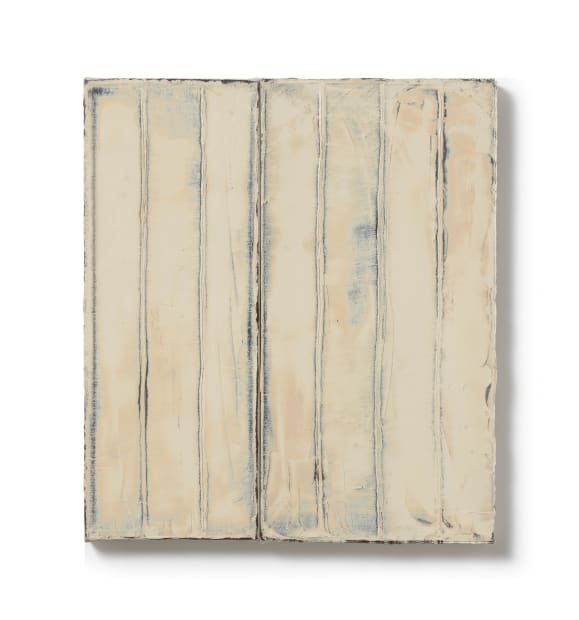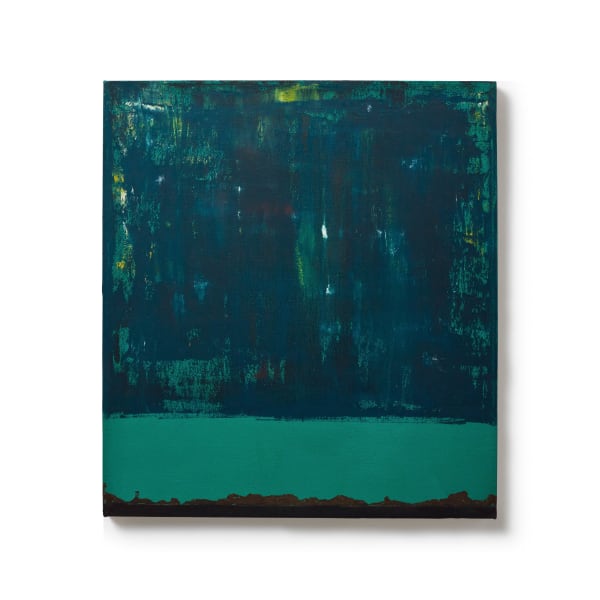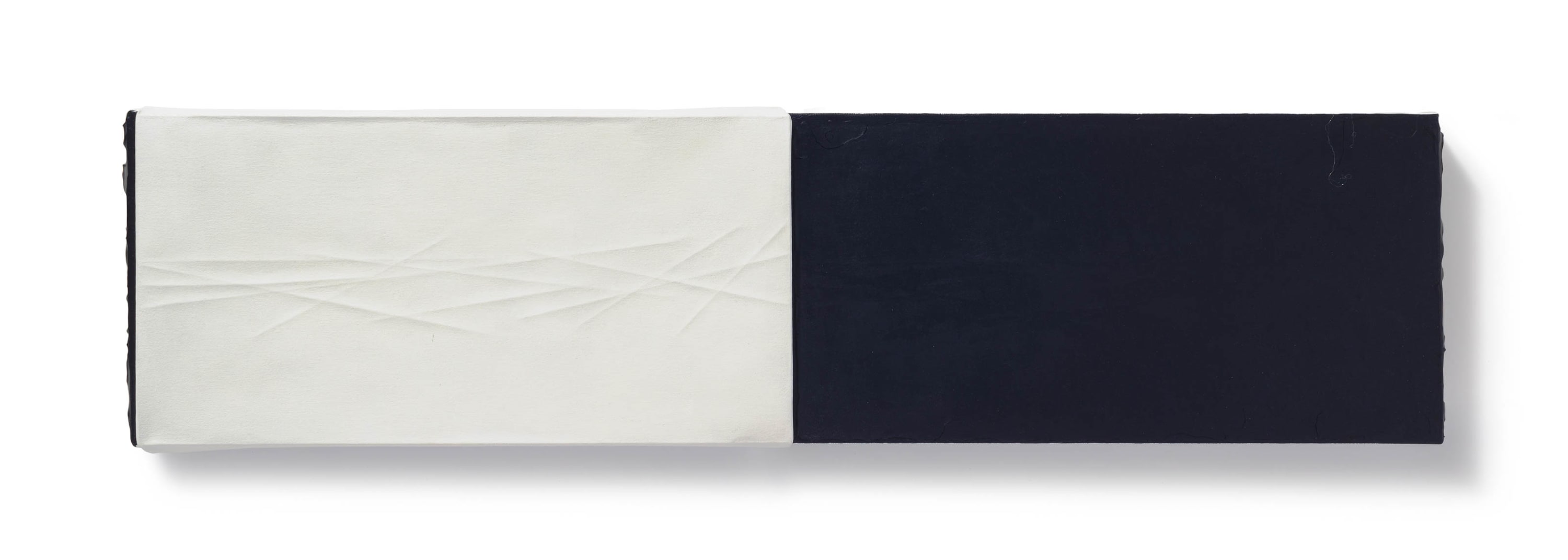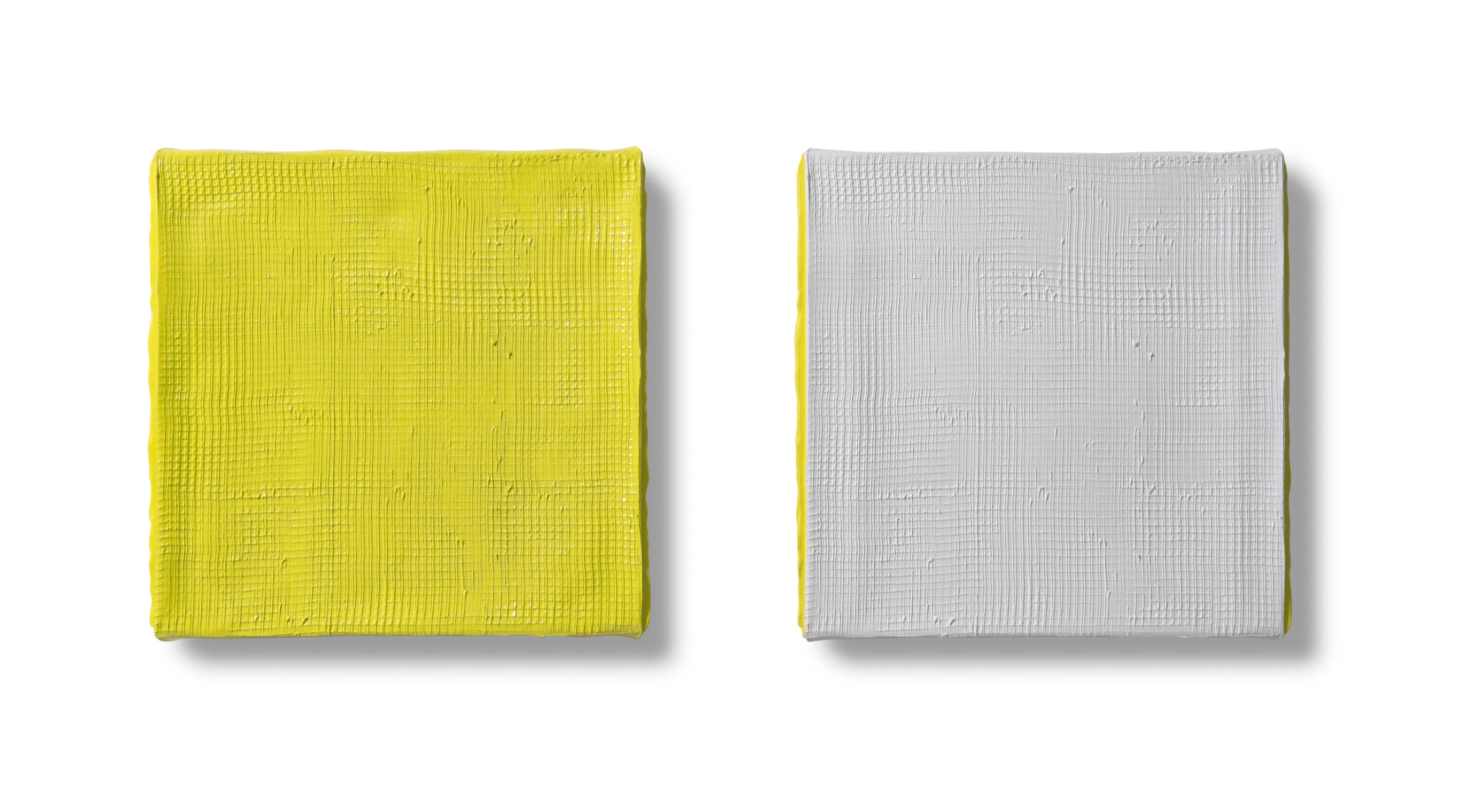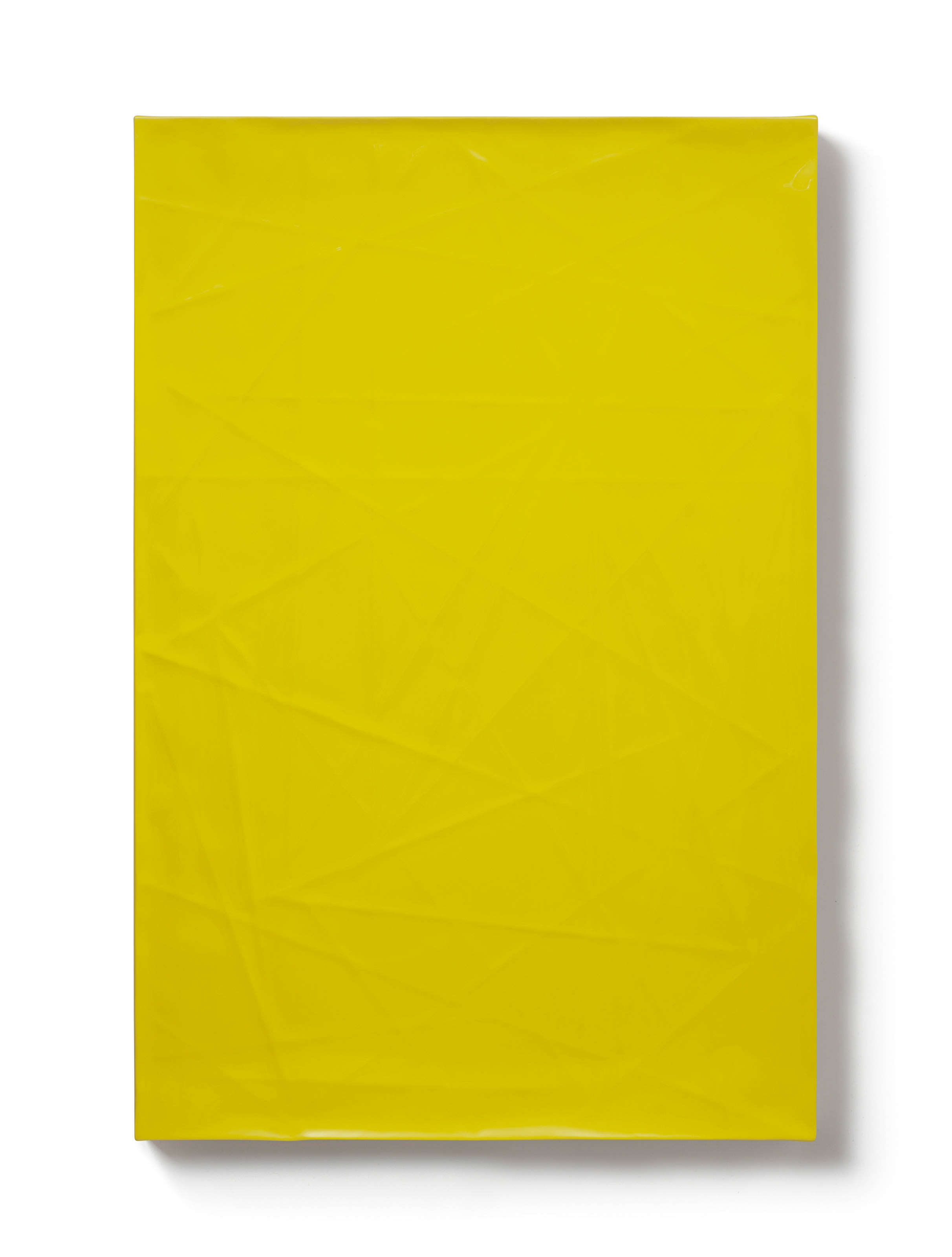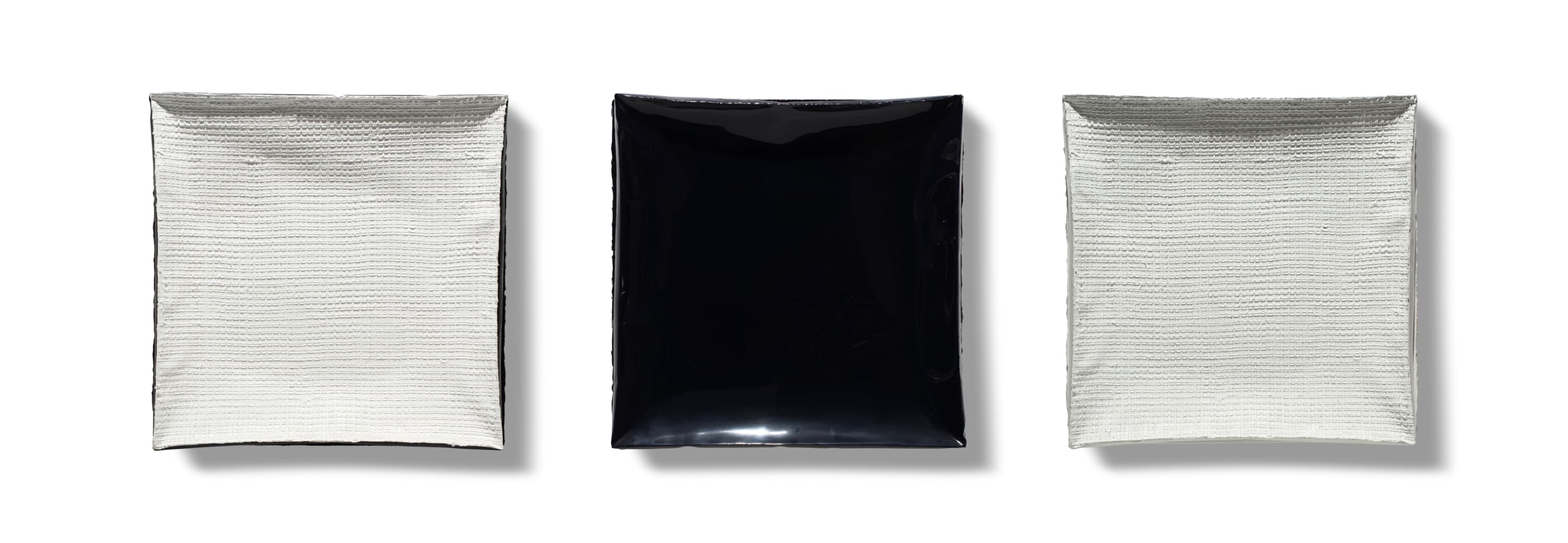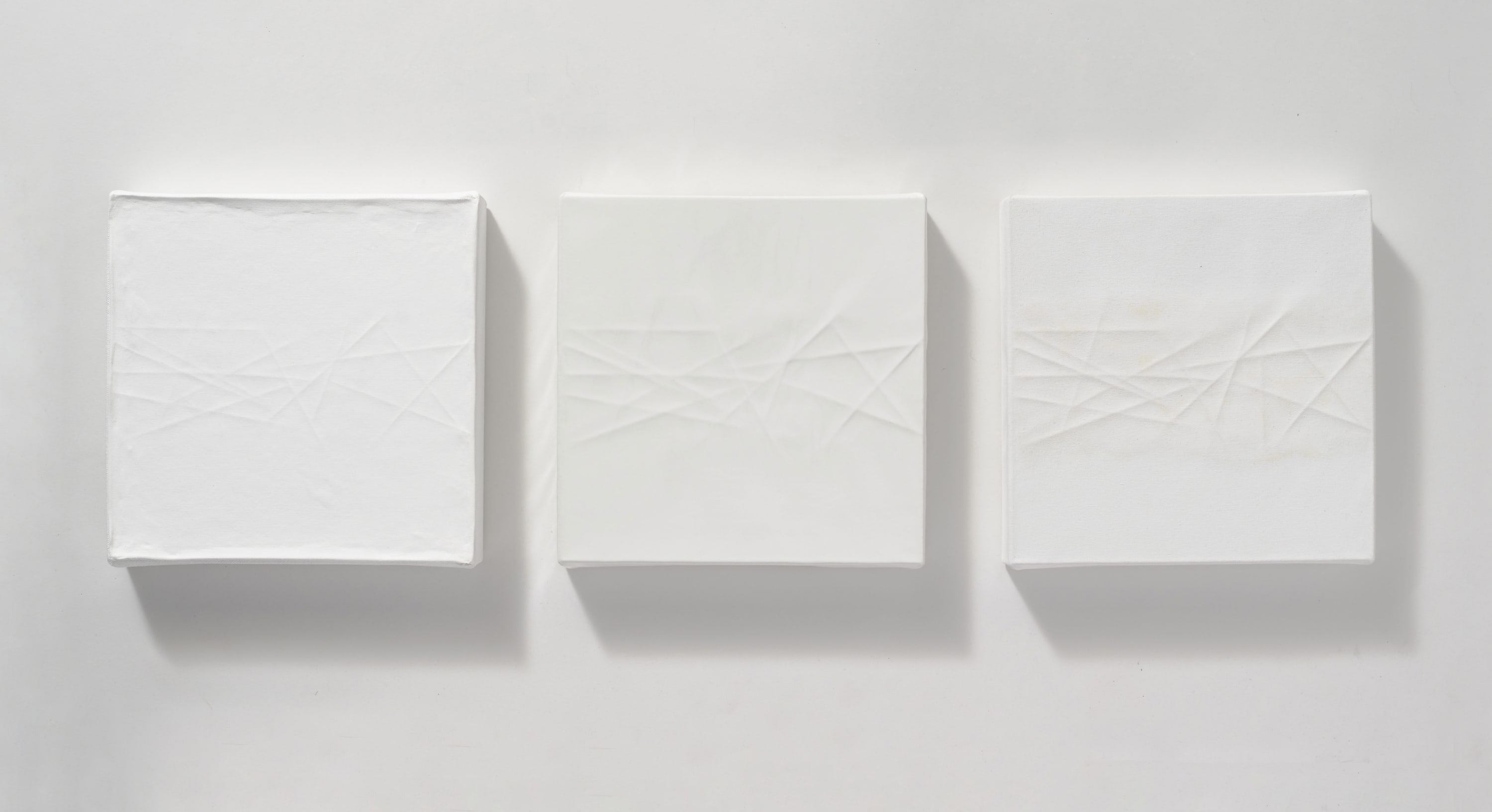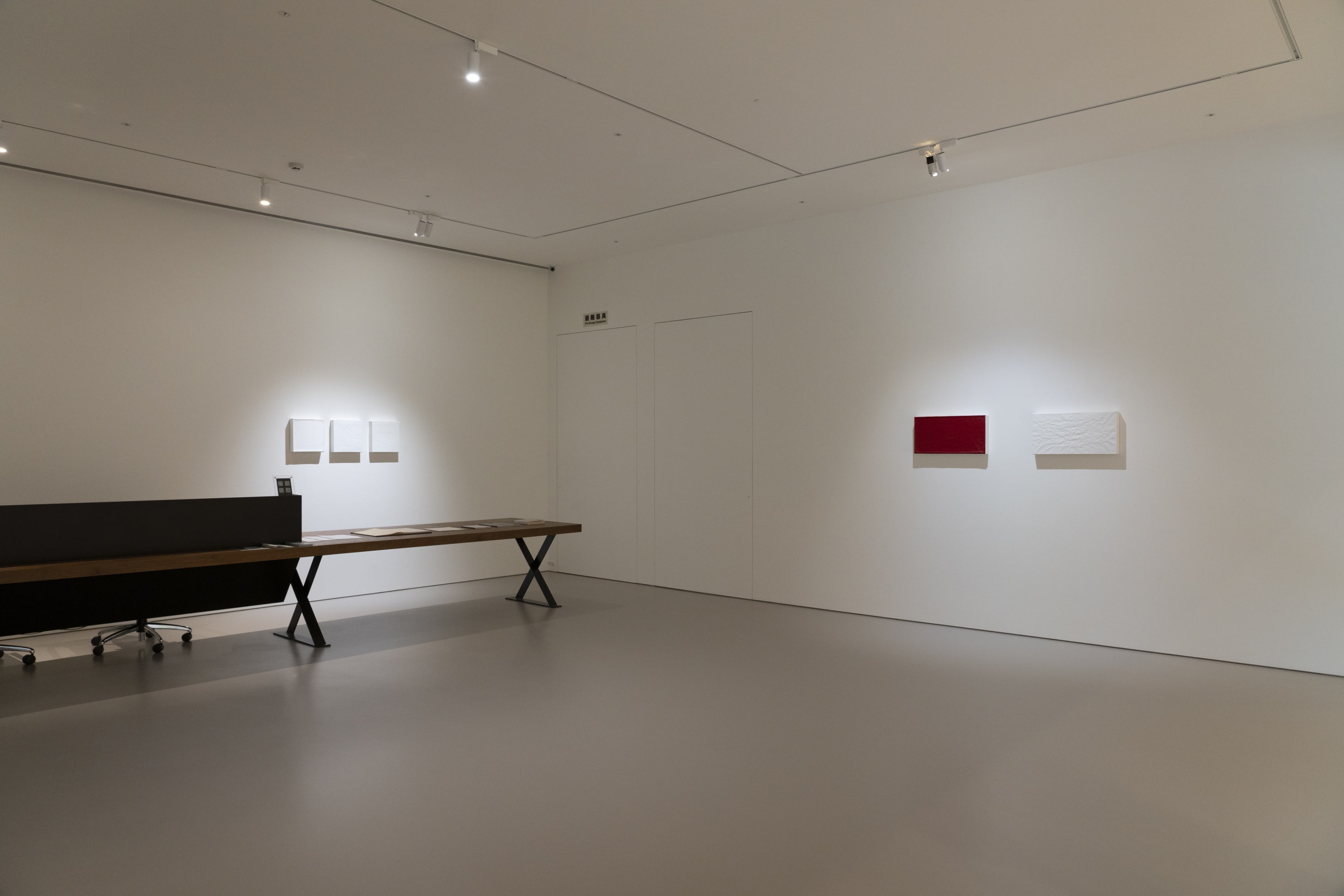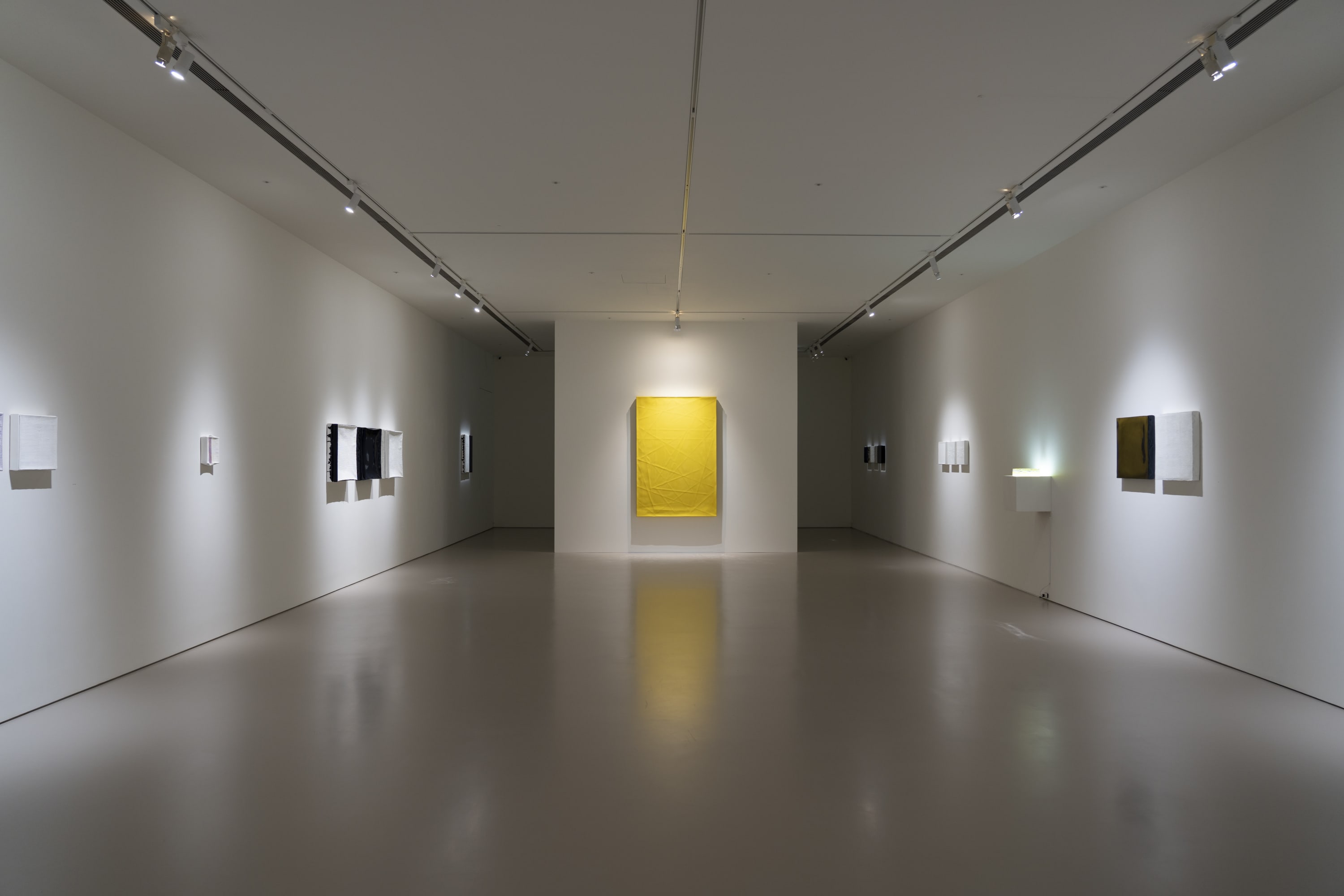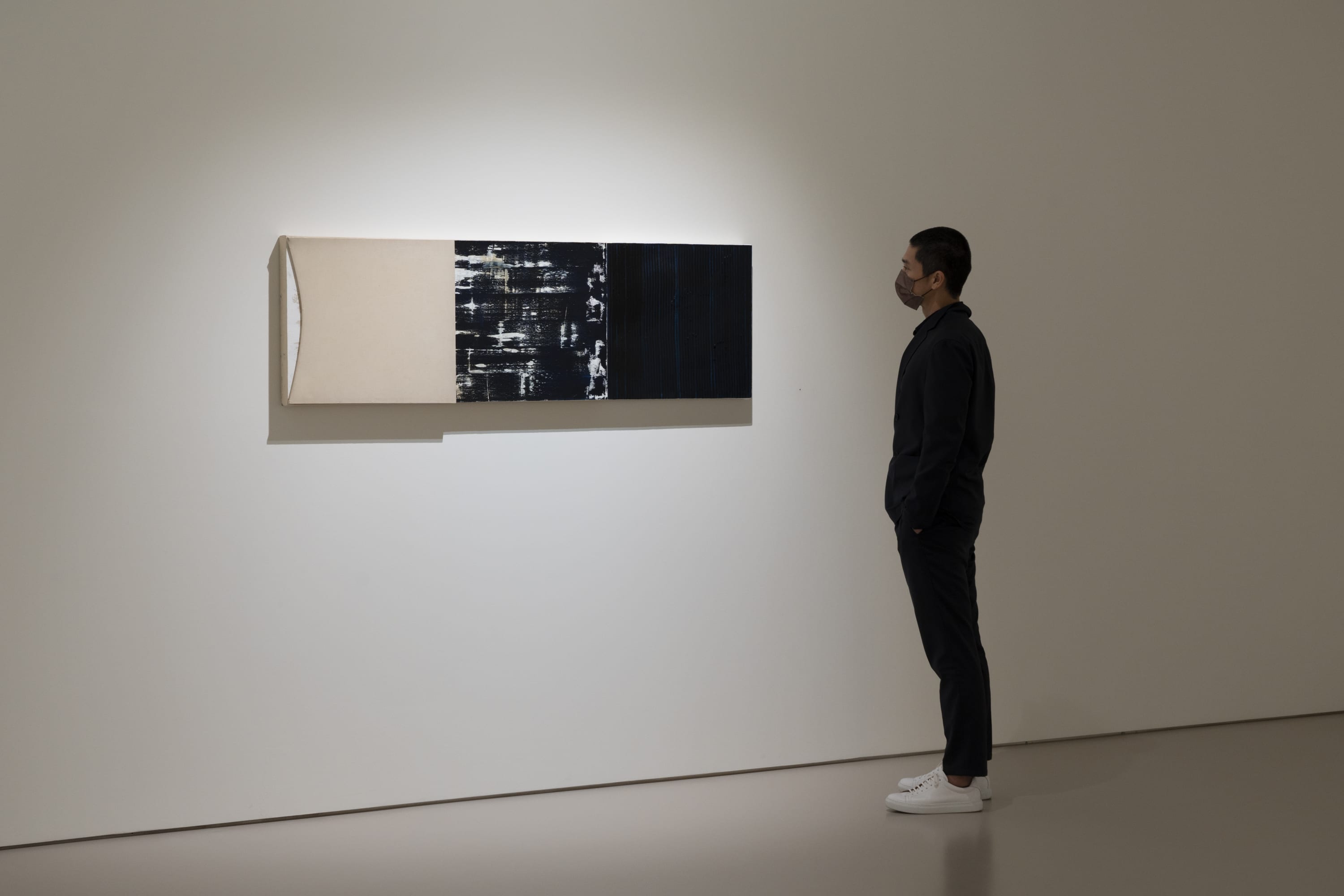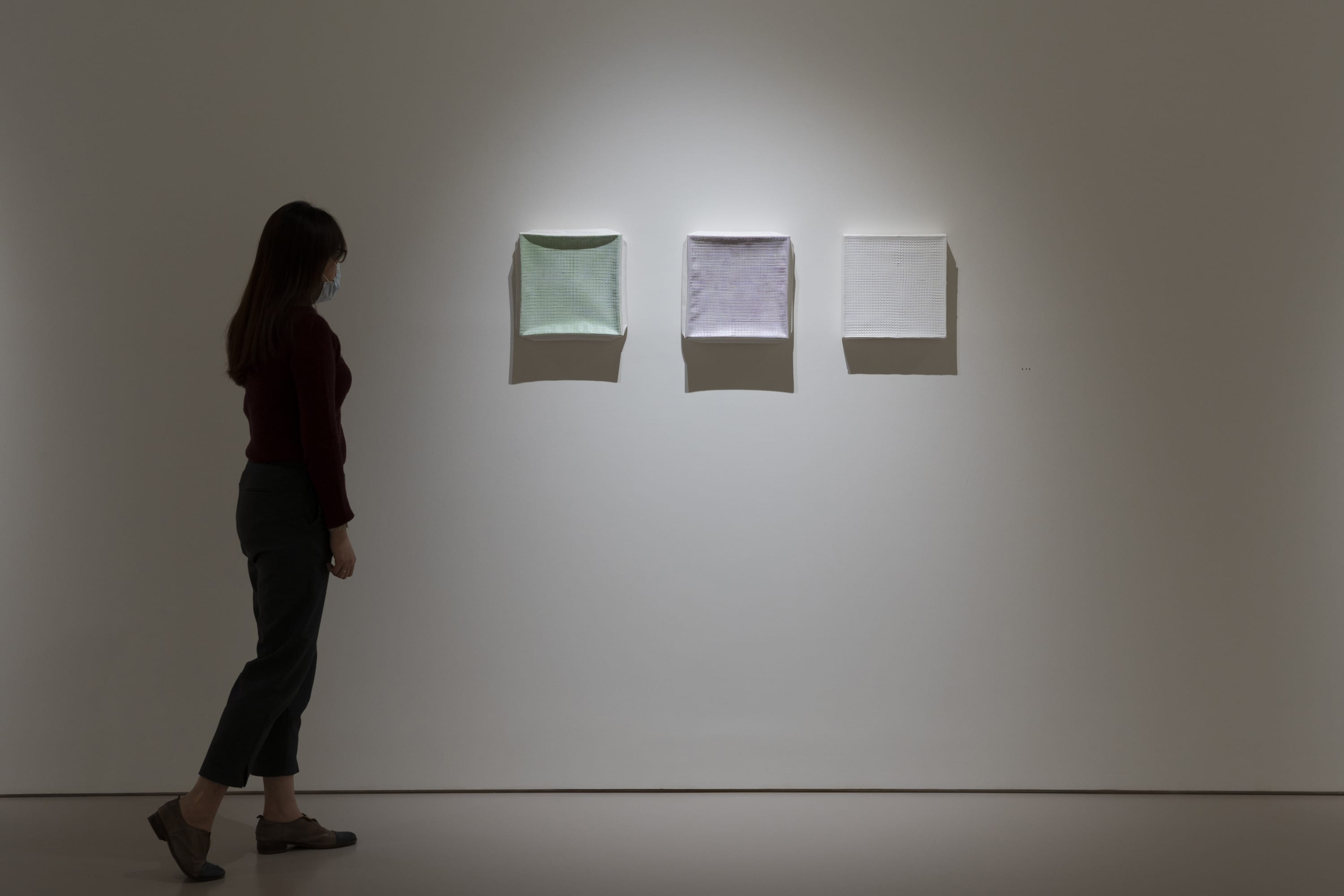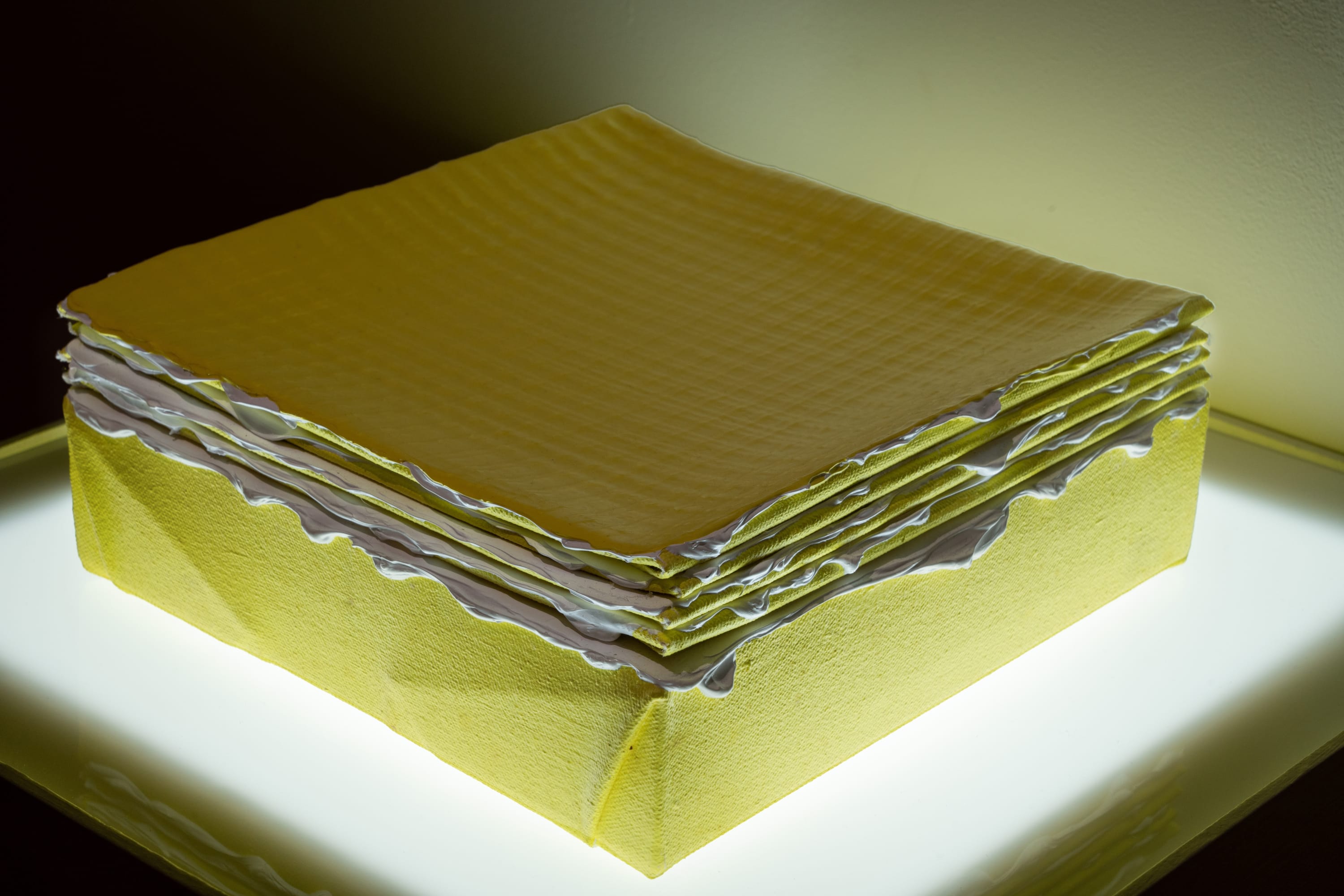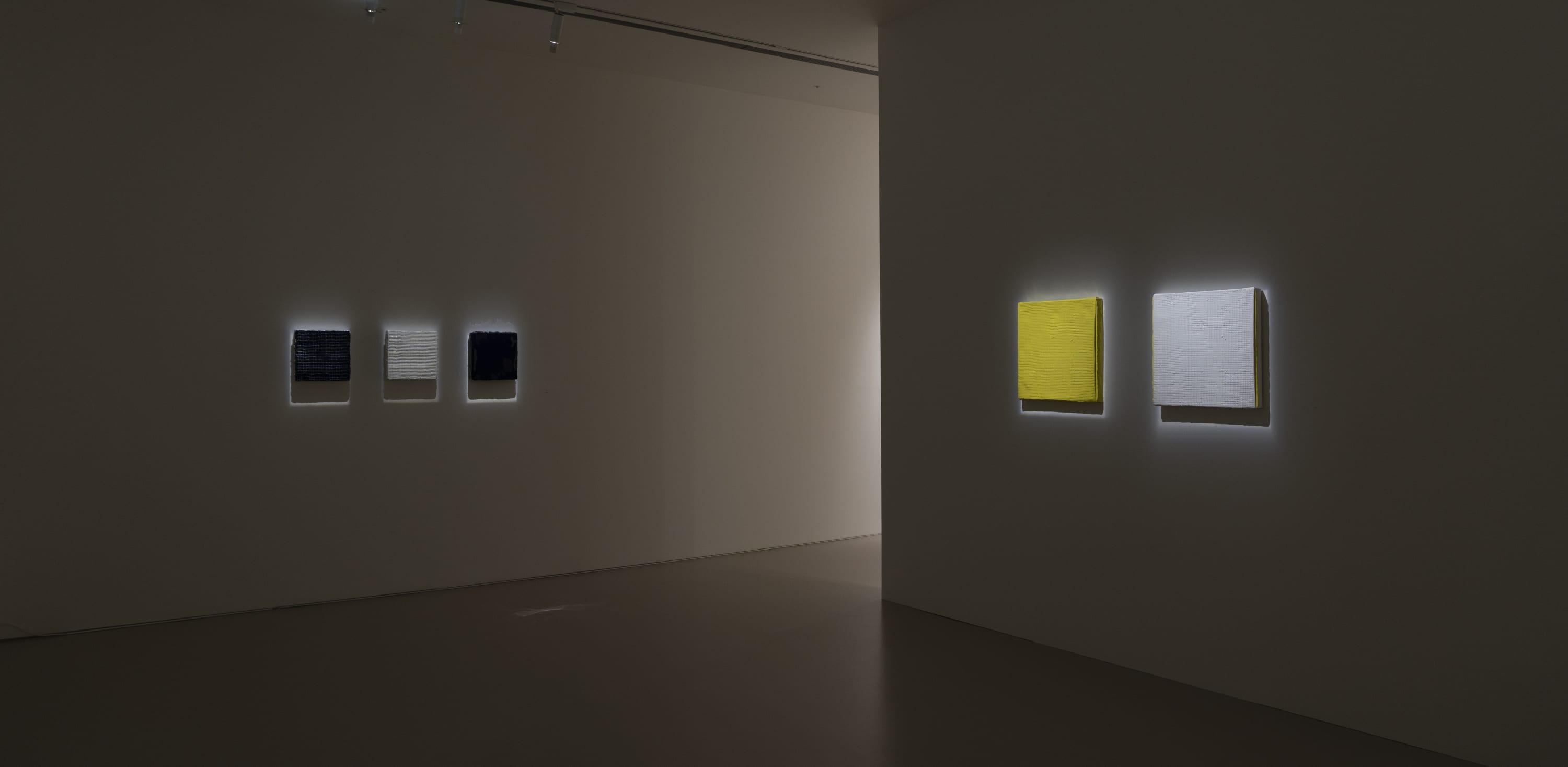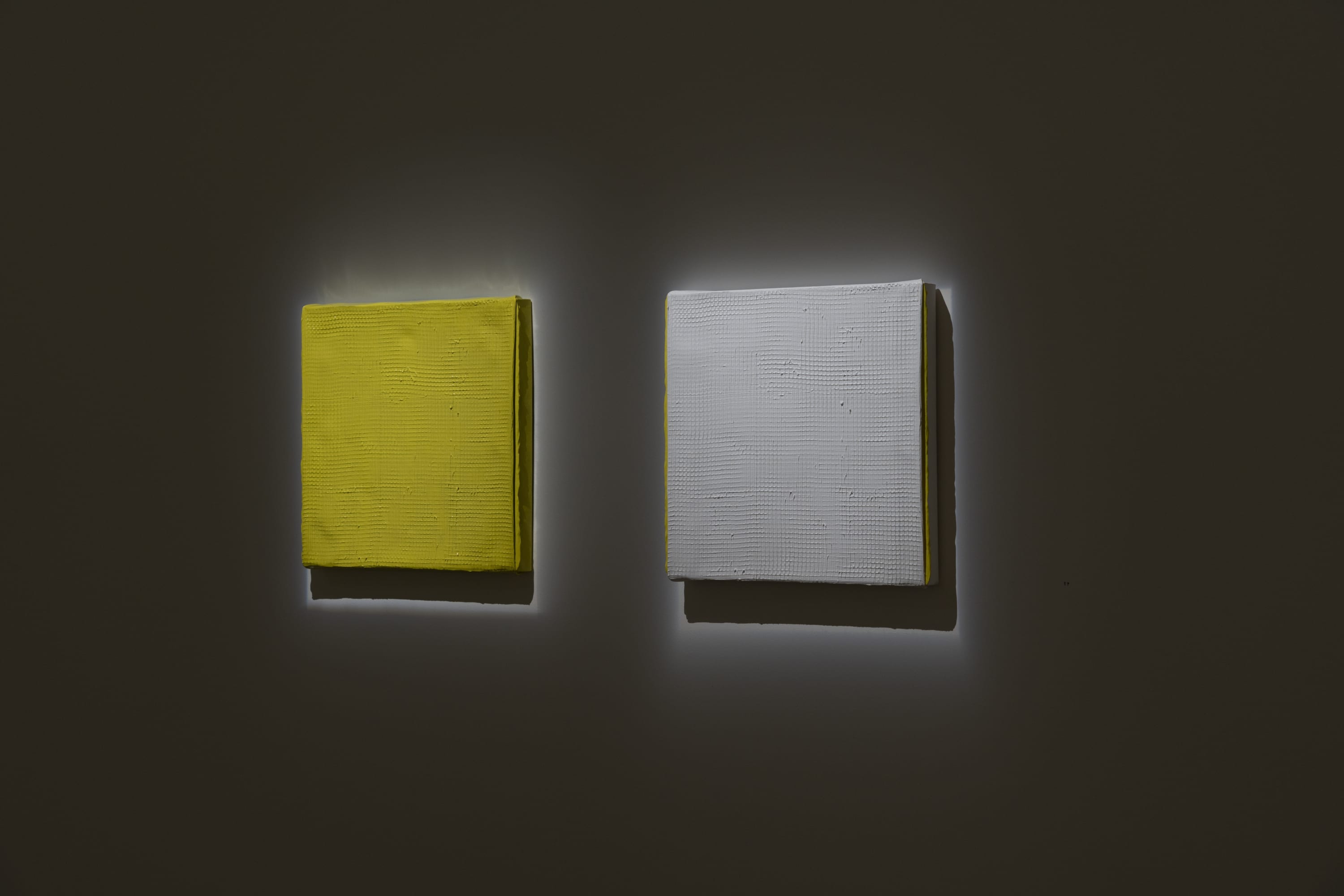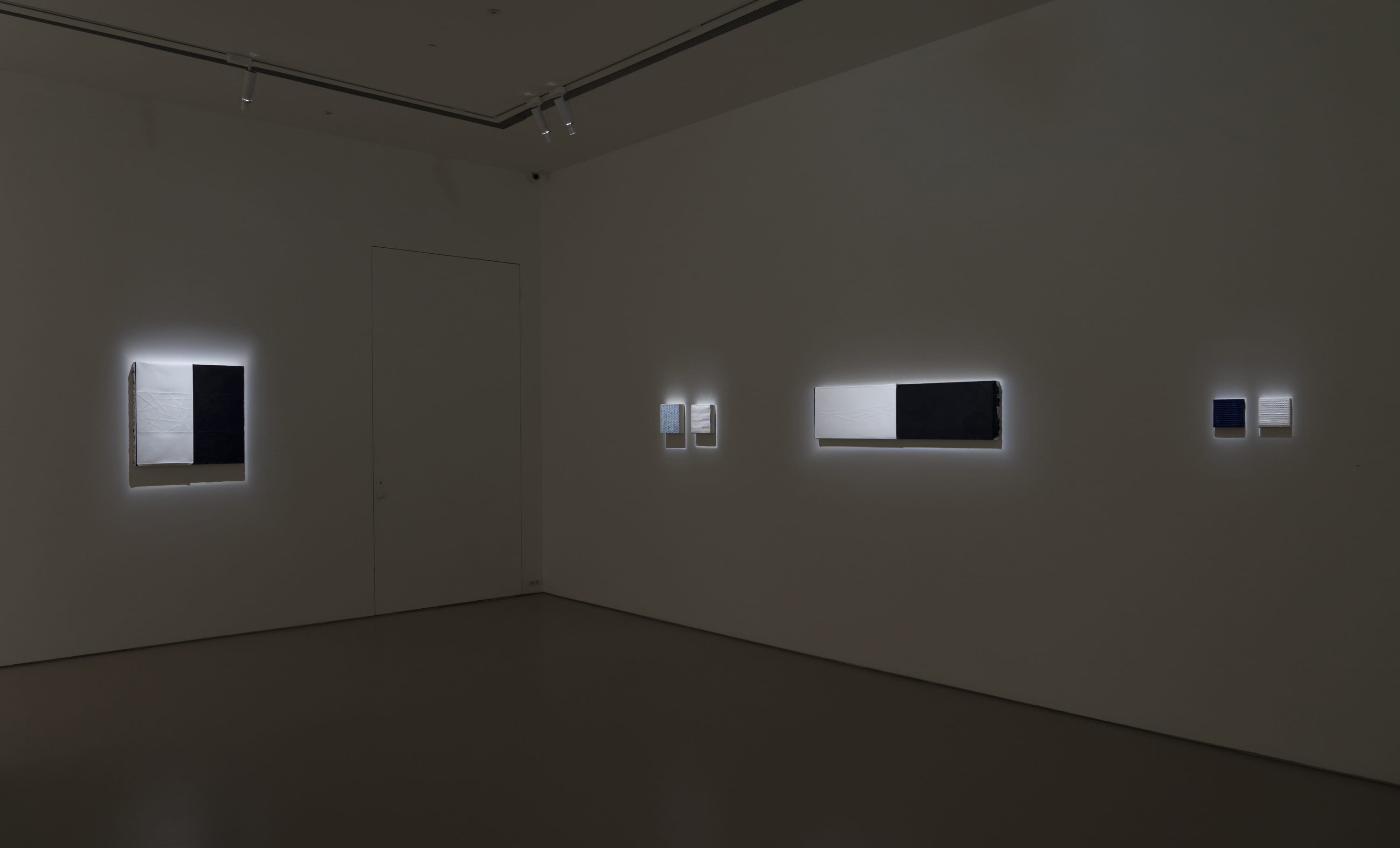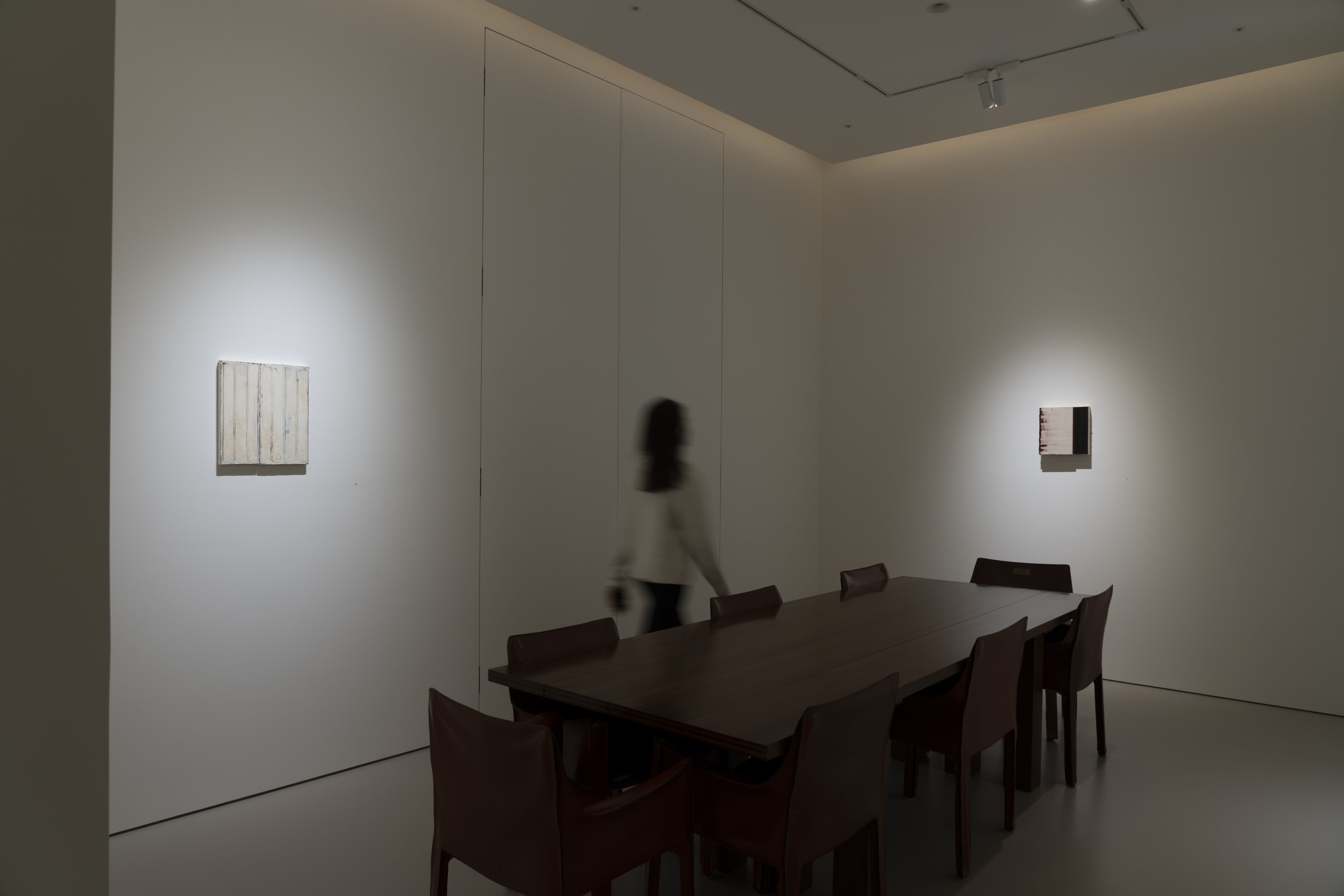-
What does it mean for a painter to think? Such is question that has long been asked: What is it that a painter does? Techniques, forms, looks…, none of these is the fundamental thing. For Jackson Pollock, Barnett Newman, or Piet Mondrian, the question to deal with is - what will we paint?
-
-
In the past, the affirmation and visualization of a painting have often been determined by signified forms or symbols. These forms or symbols are in turn recognised or confirmed through the viewer's experiences as they are remembered. Thus, when it comes to the discussion of compositional structure, the artwork's identity may be better verified when the "pictorial surface" is clarified. As for the outcome practiced by the "method of painting," it is a record of the painting process.
-
Through manipulating twisted frames and shrunken canvases to reflect the dynamics as well as relationships between the creator, the materials for creation, and the works of creation. With creation, three principal elements were brought about as an "organic" presentation, rather than a chemical formation. Frames of varying thicknesses are used together with glues, whose properties facilitate the completion of an organic work of creation that retains the material characteristics of painting materials. Experimenting with different ways of manipulation and application, an idiosyncratically personal scheme of painting was thus developed.
-

-

-

-
As early as in the late structuralist period, modern formalist theories on the independence of text and autonomy of art had obviously begun challenging the author/creator with the question whether "representation" of the moment of creating is possible. If "representation" is the ultimate aim, then "revivification" is the means through which time back-flows, retracing that evermore pure side of the artwork. "Representation" is thus being presented through the notion of "reproduction." Once this ultimate visual presentation is accomplished, what is left of the original piece? The works on display in this exhibition include a series of monotypes, which are reproduced artworks to be regarded as the original, or to be equal to the original. Unconventional painting materials are employed to enhance the visual impact and to maintain the concept of painting.
-

-

-

-

-
The artwork with “representation” as its end is thus divided in two: The subject is the representing, while the represented is the object. The importance of notion in contemporary art has entailed many interpretations of the concept of representation. Either in terms of the truthful presentations of objects in Concrete Art, or the imaginary space of the Pittua Metafisica, the idea of representation challenges the many different standpoints of authors.
-

-

-
As a painter, I intend to express through casting, making two out of one piece. The dialectic of “authentic vs. fake” between the original and the reproduction is at once a debate over “originality/creativity.” After re-placing the original and the reproduction by means of transfer and transpose, an alternative expression of “surface” is made possible, and it highlights the identity of the “pictorial surface” after re-creation.
-

-
I have initially replaced the hand-crafted "original" with industrial materials and techniques. This time I work with the basic materials of painting, namely, the stretcher, the canvas and the paint. Through paint, I mean to explore the functionality of painting, the expression of the surface and, what remains of the pictorial surface after its "painterliness" is taken away? What is the original condition before the "pictorial surface" is formed? In the end, the emblematic and abstract structures remaining on the canvas turn into the most prominent forms, and give the work its content and spirit. At this point, the considerations of painting focus no longer on the representation of what things appear to be, but instead on how paintings come into being. What is intended in my works is to deflect the art of painting from its representational agenda to a new agenda in which the means of representation becomes the "object of representation."
-
Text by Yi-Chen HUNG
from articles Reproduction—Representation (2007), Transcript (2009), Transpose (2010)
All works of this exhibition are not for sale.
-
洪藝真 YI-CHEN HUNG
無題 UNTITLED, 2010
壓克力顏料/畫布+烤漆/玻璃纖維 Acrylic on canvas / spray paint on FRP
30 x 30 x 6 cm/ each, set of 3
-
/ Visit the artist page /
ESLITE GALLERY is proud to present a solo exhibition of late artist Yi-Chen HUNG starting April 2, featuring nearly 30 creations from her student years in the UK (around 1997) all the way up to 2010. The exhibition provides a glimpse into the evolution trajectory of the artist's oeuvre from pure geometric abstract painting (on canvas), canvas molding, to the juxtaposition of her canvas works and coated fiberglass (FRP) replicas. This is also ESLITE GALLERY's second presentation of HUNG's works after Transgress and Reclaim: Yi-Chen HUNG, Selected Works 1994-2011 held in 2012 in memory of the early passing of this talented artist.
- Yi-Chen HUNG Solo Exhibition
- Date: 02 Apr. - 23 Apr, 2022
- ESLITE GALLERY ∣ B1, No. 88, Yanchang Rd., Xinyi Dist., Taipei City 110055, Taiwan (eslite spectrum Songyan Store)
- Opening Hours: 11am-7pm, Tuesday - Saturday (closed on Sunday and Monday)
Yi-Chen HUNG
Past viewing_room

